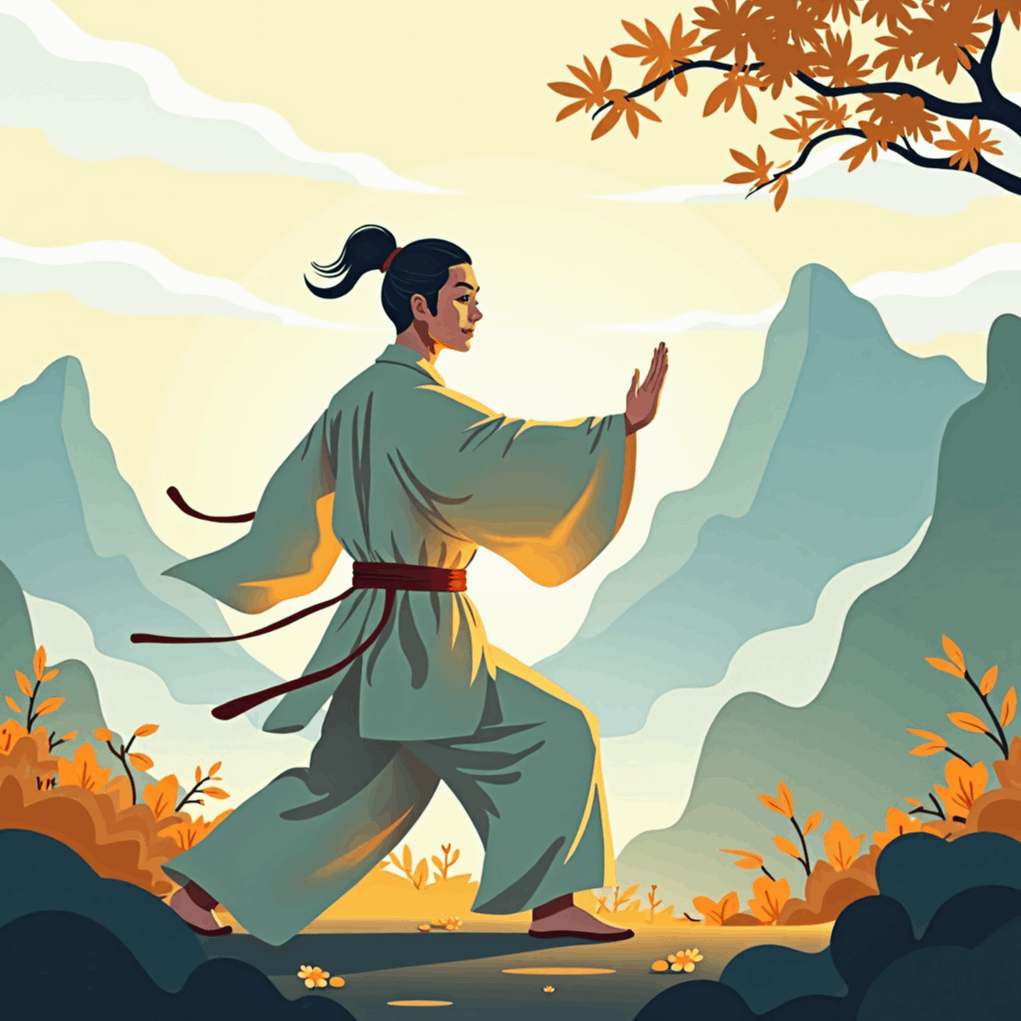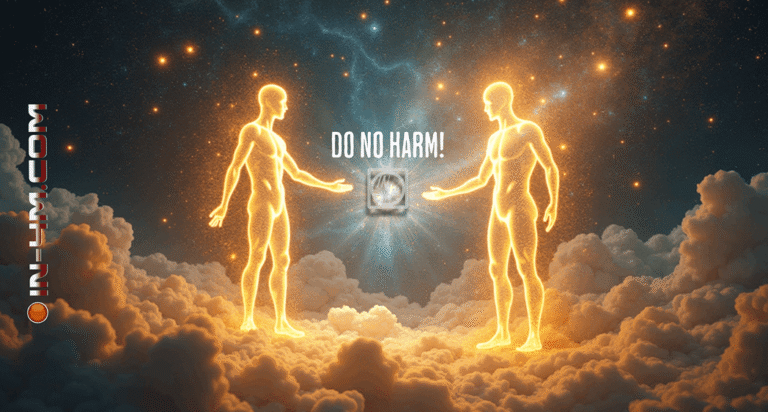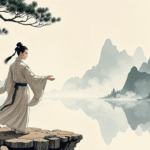Flowing with Energy, Rooted in Wisdom
At first glance, Tai Chi may appear like a slow, graceful dance. But beneath its fluid movements lies a powerful practice – one that has evolved over centuries, blending philosophy, martial arts, and healing into one harmonious form. Tai Chi, or Taijiquan, is more than exercise – it’s a way of life, rooted in balance, awareness, and energy flow.
🌿 Origins: From Taoist Mountains to Imperial Courts
Tai Chi originated in ancient China, deeply connected to Taoist philosophy, particularly the concept of Yin and Yang – the balance of opposites in all things. It is said to have emerged in the Chen village of Henan province during the 16th century. Though its precise beginnings are wrapped in legend, many credit Chen Wangting, a 16th-century royal guard turned Taoist practitioner, as the founder of the Chen-style Tai Chi.
Early Tai Chi was developed both as a martial art and a method for cultivating internal energy (Qi), combining breathing techniques, meditation, and physical movement to bring harmony to the body and mind.
🥋 Martial Art or Moving Meditation? Both.
Tai Chi has two main branches of practice:
1. Tai Chi as Martial Art (Taijiquan)
Rooted in combat principles, this form focuses on:
- Defensive techniques
- Internal power (Nei Gong)
- Silk reeling energy (Chan Si Jin)
- Techniques such as push hands (Tui Shou) and fajin (explosive energy release)
Despite its peaceful appearance, martial Tai Chi trains practitioners in awareness, reflex, redirection of force, and powerful strikes hidden within flowing movement.
2. Tai Chi for Health and Healing
Modern Tai Chi is often practiced for its therapeutic benefits, especially among older adults and those seeking stress relief. Medical studies have shown it can:
- Improve balance and coordination
- Reduce stress and anxiety
- Lower blood pressure
- Aid in chronic pain and arthritis
- Enhance mental clarity and sleep quality
It’s also used in rehabilitation programs and mind-body therapies, making it accessible to all ages and fitness levels.
🔀 Major Styles of Tai Chi
Over time, different family lineages developed unique Tai Chi styles, each with its own characteristics:
- Chen Style – The original style, known for its spiraling movements, low stances, and explosive power (fajin)
- Yang Style – The most popular and widely practiced, known for slow, large, graceful movements, ideal for beginners and health purposes
- Wu Style – Compact, subtle movements, focused on internal structure and energy alignment
- Sun Style – Blends Tai Chi with Xing Yi and Bagua, known for its nimbleness and emphasis on step-by-step transitions
👤 Famous Masters Who Shaped Tai Chi
Several key figures have preserved and spread Tai Chi across the world:
- Chen Wangting – Credited as the founder of Chen-style Tai Chi
- Yang Luchan – Creator of the Yang style; brought Tai Chi from Chen village to Beijing, adapting it for larger audiences
- Wu Jianquan – Founder of Wu-style; his teachings emphasized small, subtle motions
- Sun Lutang – A master of Tai Chi, Xing Yi, and Bagua; his Sun style integrated martial and meditative elements
- Cheng Man-ch’ing – A modern master who simplified the Yang style and helped bring Tai Chi to the West in the 20th century
🌏 Tai Chi in the Modern World
Today, Tai Chi is practiced globally – in parks, studios, senior centres, and rehabilitation clinics. It’s often taught alongside Qigong, another Chinese energy practice, and embraced in wellness programs from China to California.
Celebrities, athletes, and spiritual seekers alike turn to Tai Chi not only for its calming effects, but for its subtle internal strength – a reminder that power doesn’t always come from force, but from flow.
🧘 Tai Chi: Moving Meditation for Modern Life
Whether you’re looking to defend yourself, heal your body, or still your mind, Tai Chi offers a path. It’s a practice that reminds us: when we move with the flow of life – not against it – we find strength, balance, and peace.

Prompt:
A serene, stylized illustration of a Tai Chi master practicing in nature.
The scene features flowing movement, soft lighting, and traditional Chinese elements – mountains in the background, mist or morning light, and symbolic Yin-Yang motifs subtly integrated.
The master is mid-pose, radiating calm energy, with robes or traditional clothing flowing gently, emphasizing the motion and mindfulness of the art.
“The softest in the world overcomes the hardest in the world. That which is without substance enters where there is no space.”
– Cheng Man-ch’ing (master of Yang-style Tai Chi, calligrapher, and physician)









Leave a Reply